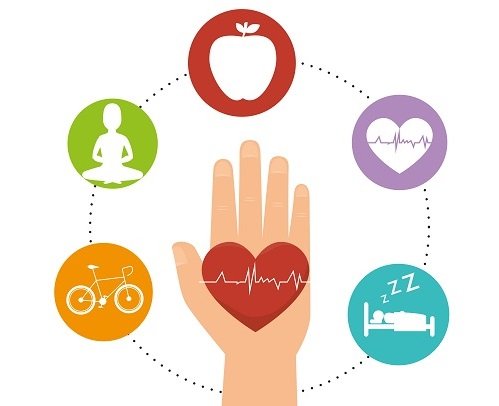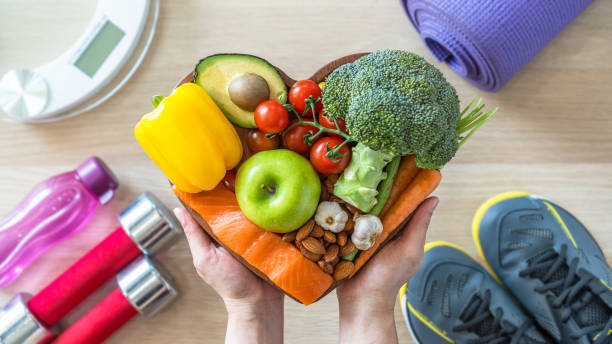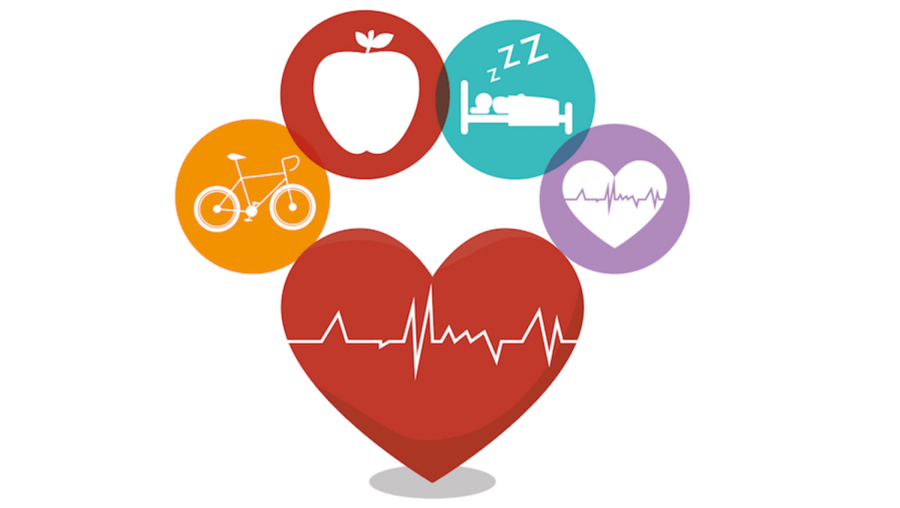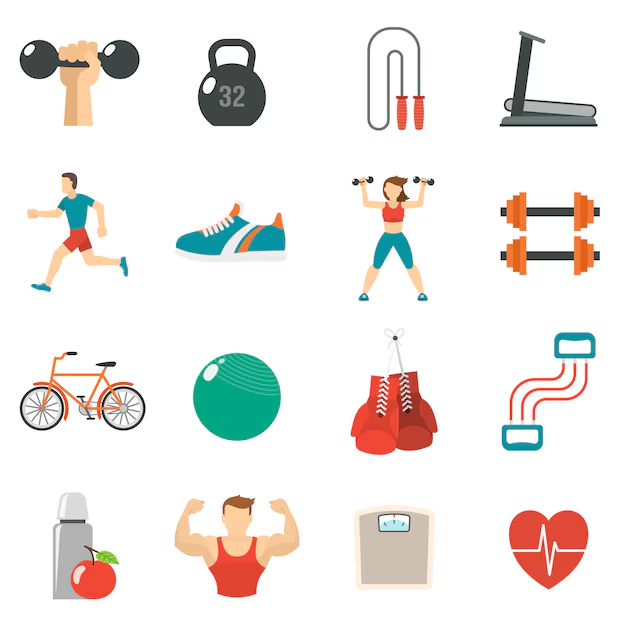Cultivating Somatic Awareness: Fifteen Strategies for Enhancing Mind-Body Integration
In contemporary society, characterized by its frenetic pace, the cultivation of mindfulness and stillness presents a significant challenge. However, the integration of mindful movement into daily routines offers profound benefits for overall well-being. This article explores the concept of mindful movement, defined as the conscious and intentional engagement with bodily sensations and movements, fostering a deeper mind-body connection. We will examine fifteen strategies grounded in established principles of somatic psychology, mindfulness-based stress reduction (MBSR), and sensorimotor psychotherapy, to enhance somatic awareness, reduce stress, and improve physical and psychological well-being. The core principle underlying these strategies is the cultivation of interoceptive awareness – the ability to perceive internal bodily sensations.
Strategies for Enhancing Somatic Awareness
- Systematic Body Scan: Employing a progressive relaxation technique, begin by assuming a comfortable supine or seated posture. Close your eyes and systematically direct attention to different body parts, from the crown of the head to the toes. Observe any sensations – tingling, warmth, tension, or discomfort – without judgment. This technique, rooted in MBSR, cultivates interoceptive awareness and facilitates relaxation by activating the parasympathetic nervous system. This process aligns with the body scan meditation technique widely used in mindfulness practices.
- Breath Awareness: Utilize breath as an anchor for attention. Observe the natural rhythm of inhalation and exhalation, noticing the sensation of air entering and leaving the body. This anchors the practitioner in the present moment and counteracts the effects of stress through vagal nerve stimulation. This technique is central to many mindfulness and meditation practices.
- Mindful Movement Practices: Engage in movement practices such as yoga, tai chi, or Pilates, emphasizing slow, deliberate movements. Focus on the alignment of the body and the sensations in muscles and joints throughout each movement. This fosters proprioception (awareness of body position and movement in space) and facilitates the mind-body connection. This approach aligns with the principles of sensorimotor psychotherapy, emphasizing the connection between body and emotion.
- Sensory Engagement in Daily Activities: Enhance sensory awareness during everyday tasks. Pay close attention to the texture, temperature, and smell of food, the sensation of water on the skin, or the feel of the ground beneath the feet while walking. This enhances interoceptive awareness and cultivates a present-moment focus. This approach aligns with the principles of mindfulness, encouraging present moment awareness.
- Mindful Exercise: During any physical activity, maintain awareness of bodily sensations, posture, and effort. This not only enhances performance but also reduces injury risk by improving body awareness and coordination. This approach demonstrates the application of mindfulness principles to physical activity.
- Formal Meditation Practice: Dedicate time to formal meditation, focusing on bodily sensations, thoughts, and emotions. Observe these phenomena without judgment, allowing them to arise and pass. This technique reduces stress and promotes emotional regulation through the cultivation of metacognitive awareness. This is a core practice within MBSR.
- Utilizing Props: Employ props like yoga blocks or straps to enhance body awareness and facilitate alignment. This aids in exploring movement patterns, releasing tension, and improving posture. This technique is often used in yoga and physical therapy to improve proprioception and body awareness.
- Exploring Diverse Movement Modalities: Experiment with various movement forms, such as dance, martial arts, or even playful activities like hula hooping. This challenges the body and mind, encouraging creativity and adaptability while fostering somatic awareness. This promotes neuroplasticity and enhances cognitive flexibility.
- Mindful Walking Meditation: Engage in walking meditation, focusing attention on the sensation of each step, the rhythm of breathing, and the surrounding environment. This simple practice grounds the individual in the present moment and cultivates a connection with the body and surroundings. This approach utilizes nature as a tool for mindfulness practice.
- Mindfulness in Mundane Tasks: Practice mindfulness during everyday tasks like washing dishes or brushing teeth. Pay attention to sensations, movements, and thoughts, transforming these mundane activities into opportunities for mindful engagement. This approach integrates mindfulness into daily life, making it a sustainable practice.
- Body-Centered Meditation: Direct attention sequentially to different body parts, from toes to head, observing sensations without judgment. This facilitates detailed interoceptive awareness. This is a variation of the body scan meditation.
- Mindful Stretching: Prioritize stretching that emphasizes body awareness. Pay close attention to sensations in muscles and joints during each stretch, ensuring proper alignment and preventing strain. This enhances flexibility and reduces injury risk. This combines mindfulness with physical therapy principles.
- Advanced Body Scan Techniques: Explore diverse body scan methods, such as progressive muscle relaxation or the "dot-to-dot" method, to enhance relaxation and deepen body awareness. This builds upon the foundation of the basic body scan meditation.
- Seeking Professional Guidance: Consider consulting movement therapists, yoga instructors, or mindfulness coaches for personalized guidance in developing body awareness techniques. This provides structured support and tailored instruction. This is crucial for individuals new to mindfulness or with specific needs.
- Cultivating Self-Compassion: Recognize that developing body awareness requires time and patience. Practice self-compassion, acknowledging progress and embracing moments of stillness and mindfulness. This emphasizes the importance of self-acceptance and non-judgment in the process. This is a key element of self-care and promoting well-being.






